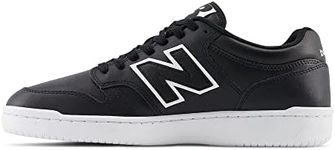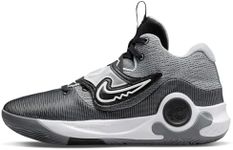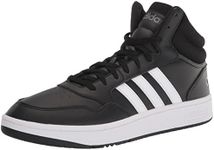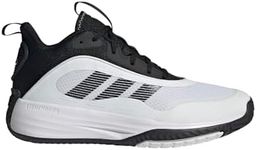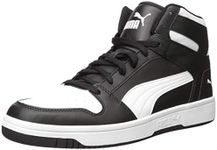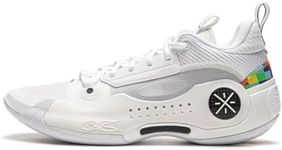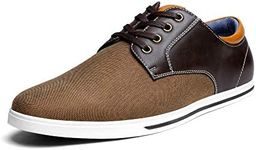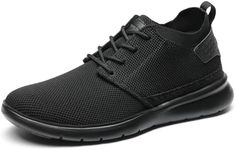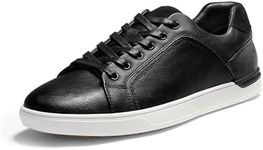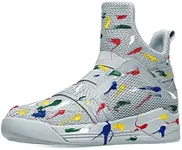Buying Guide for the Best Basketball Shoes
Choosing the right basketball shoes is crucial for both performance and injury prevention. The right pair can enhance your game by providing the necessary support, comfort, and traction. When selecting basketball shoes, consider your playing style, the type of court you usually play on, and your personal preferences for fit and feel. Here are some key specifications to help you make an informed decision.FitFit refers to how well the shoe conforms to your foot. A good fit is essential for comfort and performance. Shoes that are too tight can cause blisters and discomfort, while shoes that are too loose can lead to instability and potential injury. To find the right fit, try on shoes at the end of the day when your feet are slightly swollen, and wear the same type of socks you would wear during a game. Ensure there is a thumb's width of space between your longest toe and the end of the shoe.
CushioningCushioning is the material inside the shoe that absorbs impact and provides comfort. It is important because it helps reduce the strain on your feet and joints during play. There are different types of cushioning, such as air-based, foam, and gel. Players who do a lot of jumping and running may prefer shoes with more cushioning to protect their feet, while those who prioritize court feel and responsiveness might opt for less cushioning.
SupportSupport refers to the shoe's ability to stabilize your foot and ankle. This is crucial for preventing injuries, especially for players who make quick cuts and changes in direction. High-top shoes offer the most ankle support, making them ideal for players who are prone to ankle injuries. Mid-top shoes provide a balance between support and mobility, while low-top shoes offer the least support but the most freedom of movement. Choose based on your playing style and injury history.
TractionTraction is the grip the shoe provides on the court surface. Good traction is important for making quick stops, starts, and changes in direction without slipping. The outsole pattern and rubber compound used in the shoe affect traction. Shoes with a herringbone pattern typically offer excellent grip. If you play on indoor courts, look for shoes with non-marking rubber outsoles. For outdoor play, choose shoes with more durable rubber outsoles.
DurabilityDurability refers to how long the shoe will last under regular use. This is important because basketball involves a lot of wear and tear on shoes. Materials like leather and synthetic blends tend to be more durable than mesh. If you play frequently or on outdoor courts, look for shoes with reinforced areas and sturdy construction to ensure they last longer.
WeightWeight is the overall heaviness of the shoe. Lighter shoes can help you move more quickly and feel less fatigued, but they may offer less support and durability. Heavier shoes often provide more cushioning and support but can slow you down. Consider your playing style: if speed and agility are your strengths, opt for lighter shoes. If you need more support and cushioning, a slightly heavier shoe might be better.

